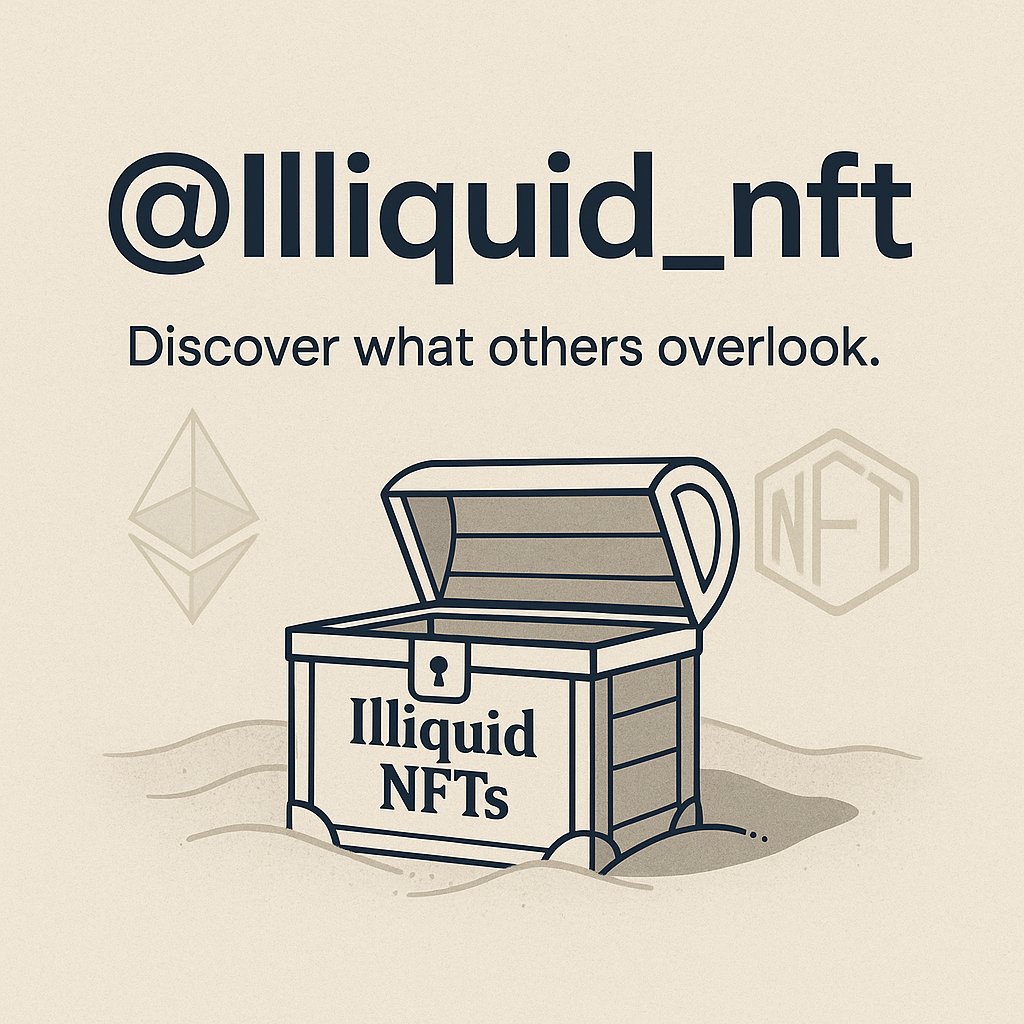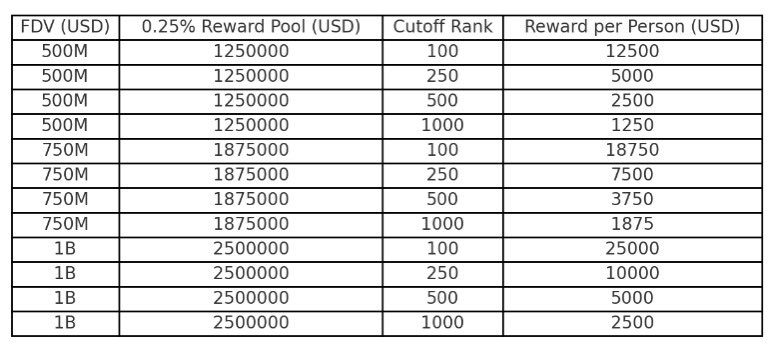The Emotional Rollercoaster of Stock Market Investing
The Illusion of Control
The Art of Technical Analysis
Investing in the stock market often begins with a sense of control. Investors spend countless hours analyzing charts, reading financial reports, and studying past market data. They use tools like moving averages, trend lines, and support and resistance levels to predict future price movements. This method, known as technical analysis, is a cornerstone for many investors. It provides a structured approach to understanding market trends and making informed decisions. For instance, an investor might identify a long-term trend line support level at a specific price, believing that if the stock reaches this level, it presents a buying opportunity.
However, technical analysis is not an infallible science. The market is influenced by a multitude of factors that are often unpredictable. Economic indicators, geopolitical events, investor sentiment, and even weather patterns can all play a role in market movements. This unpredictability is where the emotional rollercoaster of investing begins.
The Market’s Indifference
The stock market is an entity unto itself, indifferent to the meticulous analysis and carefully drawn lines of investors. It operates based on a complex interplay of factors, many of which are beyond individual control. This indifference can be frustrating, but it is also a fundamental aspect of the market’s nature. Understanding this indifference is crucial for any investor. It means recognizing that the market does not care about your feelings or your carefully planned strategies. Instead, it moves according to its own logic, driven by a multitude of influences.
The Emotional Impact
The Thrill of the Chase
Investing can be an exhilarating experience. The thrill of spotting a potential opportunity, the excitement of making a trade, and the satisfaction of seeing a profit are all part of the appeal. These highs can be intoxicating, making investors feel invincible and confident in their abilities. However, the market’s unpredictability means that these highs are often followed by lows. The market can turn against you at any moment, leading to a sudden drop in confidence and a sense of loss.
The Agony of Defeat
When the market moves against you, it can be devastating. You might feel a sense of financial loss, but the emotional impact can be even more profound. You might question your analysis, your strategy, and even your sanity. This is where many investors make their biggest mistakes. Emotional reactions can lead to impulsive decisions, such as selling at a loss or holding onto losing positions in the hope of a rebound. These actions can compound losses and create a vicious cycle of emotional turmoil.
Coping with the Rollercoaster
Acceptance
The first step in coping with the emotional rollercoaster of investing is acceptance. You must accept that the market is unpredictable and that losses are a part of the game. This doesn’t mean you should be reckless, but rather that you should be prepared for the inevitable ups and downs. Acceptance allows you to approach investing with a more balanced mindset, recognizing that both gains and losses are part of the process.
Discipline
Discipline is key in investing. This means sticking to your strategy, even when the market is against you. It means not letting your emotions dictate your actions. Discipline involves setting clear goals, establishing a risk management plan, and adhering to your investment strategy regardless of short-term market fluctuations. By maintaining discipline, you can avoid impulsive decisions and stay focused on your long-term objectives.
Diversification
Diversification is another important strategy. By spreading your investments across different sectors, industries, and asset classes, you can reduce your risk. This doesn’t mean you’ll avoid losses altogether, but it can help smooth out the rollercoaster ride. Diversification ensures that your portfolio is not overly exposed to any single market segment, thereby mitigating the impact of adverse movements in any one area.
Conclusion: The Market’s Indifference is Your Opportunity
The stock market’s indifference is a double-edged sword. On one hand, it can be frustrating and even painful. But on the other hand, it presents opportunities. By understanding and accepting this indifference, by maintaining discipline and diversification, you can turn the emotional rollercoaster of investing into a rewarding journey. The market might not care about your feelings or the lines you scribble, but that’s okay. Because in the end, it’s your actions, not your feelings, that determine your success. So, keep analyzing, keep learning, and most importantly, keep investing. The market might not care, but you should. Because your future self will thank you.











